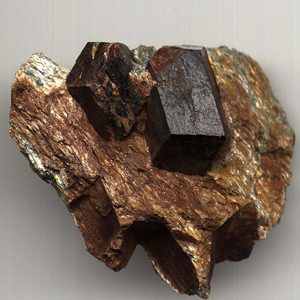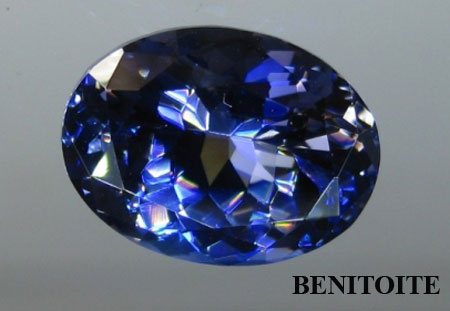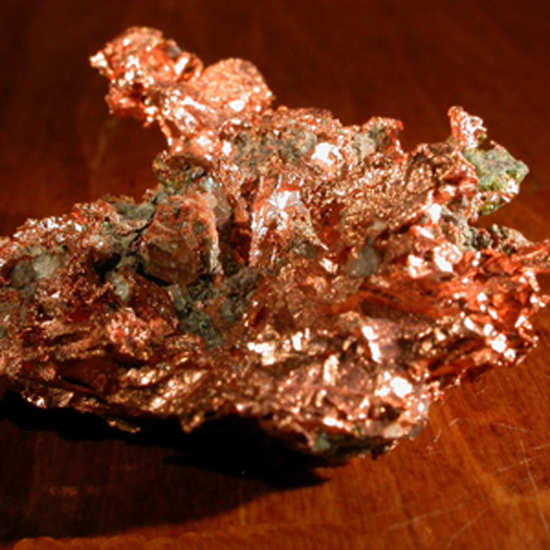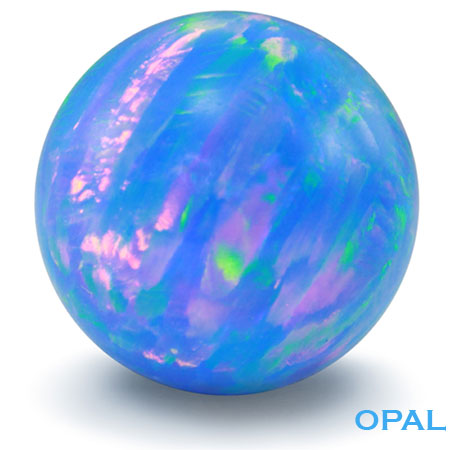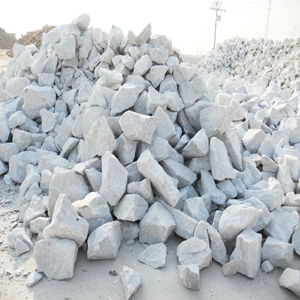Tantalum Mining
TANTALUM :
Tantalum ores are primarily found in Australia, Canada, Brazil, and central Africa, with additional quantities originating in Southeast Asia and China. Concerns about sourcing this element have also arisen in various regions worldwide, including Canada, Egypt, and Saudi Arabia. Tantalum minerals with over 70 different chemical compositions have been identified. Among these, tantalite, microlite, and wodginite are of the utmost economic significance. However, it is common practice to refer to any tantalum-containing mineral concentrate as 'tantalite,' mainly because it will be processed for its tantalum content and sold on that basis.
Tantalum mineral concentrates may contain between 2 to more than 5 different tantalum-bearing minerals from the same mining area. The trade of tantalum mineral concentrates relies on certified assessments of the tantalum oxide they contain, with percentages ranging from 10 or 15 to over 60% depending on the mine source. These minerals are concentrated through various methods at or near the mining site to increase the proportion of tantalum oxide and niobium oxide by mass. The concentrates are then transported to processing plants for chemical processing.

The sole principal source of tantalum mineral concentrates is the production by Sons of Gwalia Ltd. from its Greenbushes and Wodgina mines in Western Australia. These two mines together produce over 50% of the worldwide demand, with production volume reported at over 2 million pounds of Ta2O5 in 2003. The corporation has been in operation since September 2004, but construction and delivery of tantalite continue as usual. Additional quantities are available from Brazil through collection from small alluvial deposits by prospectors, as well as from numerous countries in Africa, such as Rwanda, Namibia, Uganda, the Democratic Republic of Congo, Nigeria, South Africa, and Burundi. Mining speculation in Africa has been reduced due to political insecurity and associated risks.
In Southeast Asia, the decline of the tin industry since 1980 has led to the reduction of tantalum oxide production points available from tin slags, a byproduct of the smelting of cassiterite ore concentrates for tin production. It should be noted that struverite concentrates containing 9-12% tantalum oxide have been available from this common area.
MINING AND PROCESSING :
Tantalum is obtained through the processing and refining of its ore, tantalite, which is the mineral containing tantalum. Tantalum mines mostly operate as open pits, although some are underground. The mining process includes blasting, crushing, and transporting the tantalite ore to commence the separation of tantalum. Subsequently, the ore is concentrated at or near the mining site to enhance the content of tantalum oxide and niobium. Following this, the material undergoes concentration using wet gravity techniques, as well as electrostatic and electromagnetic processes.
HOW IS TANTALUM OBTAINED?
The tantalum concentrate is forwarded to the processor for chemical processing, where it undergoes treatment with a mixture of hydrofluoric and sulfuric acids at high temperatures. This process results in tantalum and niobium dissolving as fluorides, along with the dissolution of numerous impurities. Silicon, iron, manganese, titanium, zirconium, uranium, and thorium are typically present in the ores and are processed for other uses. The concentrate is then broken down into a slurry, which undergoes filtration and further processing through solvent extraction. Highly purified solutions of tantalum and niobium can be produced using methyl isobutyl ketone (MIBK) or liquid ion exchange with an amine extractant in kerosene. Finally, the tantalum oxide is reduced with molten sodium to produce tantalum metal. Nigeria, Brazil, and China are the top countries producing significant amounts of tantalum.
EXTRACTION AND REFINING :
Naturally occurring pure tantalum is rare. Commercially, tantalum is obtained by first creating tantalum oxide (TaO5). Tantalum is often produced as a by-product of the tin industry, through the smelting of cassiterite ore concentrates for processing. The largest tantalum mine is the Mibra mine in Nazareno, Brazil.
The extraction and refining of tantalum involve treating the ores with a mixture of hydrofluoric and sulfuric acids at elevated temperatures. This process causes tantalum and niobium, along with numerous other impurities, to dissolve. Through liquid ion exchange using kerosene as an extract, highly purified solutions of tantalum and niobium are produced. The tantalum content in the solution is converted into potassium tantalum fluoride (K2TaF7).
Tantalum is obtained from minerals such as columbite, tantalite, and euxenite, often found in combination with niobium. These minerals are primarily found in Australia, Canada, and Brazil. The process of electrolysis or reactions of the carbide with oxide are used to separate niobium from tantalum.
REFINING PROCESS :
The refining of tantalum from its ores is a crucial separation process highly valued in industrial metallurgy. Tantalum ores often contain significant amounts of niobium, posing challenges due to niobium's chemical properties being almost identical to those of tantalum. To address this, specific procedures have been developed for this process. In modern times, separation is achieved through hydrometallurgy rather than pyrometallurgy. This method involves several steps including leaching, solution concentration, and metal recovery. Extraction begins with leaching the ore using hydrofluoric acid along with sulfuric acid or hydrochloric acid, allowing for the separation of tantalum and niobium from various non-metallic impurities present in the rock. Despite tantalum occurring in various minerals, it is commonly represented as the pentoxide since most tantalum oxides behave similarly under these conditions. The reaction equation illustrates tantalum pentoxide reacting with hydrofluoric acid to form hydrogen heptafluorotantalate.
Ta2O5 + 14 HF ----- > 2 H2[TaF7] + 5 H2O
The reactions occurring for niobium are entirely equivalent, except that the hexafluoride is consistently predominant under the conditions of extraction.
Nb2O5 + 12 HF ----- > 2 H[NbF6] + 5 H2O
There is a conjecture that when sulfuric and hydrochloric acids are used, bisulfate (HSO4-) and chloride compete as ligands for the Nb(V) and Ta(V) ions. The fluoride complexes of both tantalum and niobium are then removed from the aqueous solution by liquid-liquid extraction into organic solvents, such as cyclohexanone, octanol, and methyl isobutyl ketone. This process also results in the removal of most metal-containing impurities like iron, manganese, titanium, zirconium, which remain in their liquid forms and other complexes.
The complete separation of tantalum from niobium is achieved by lowering the ionic strength of the acid mixture, causing the niobium to dissolve in the aqueous phase. It is suggested that the oxyfluoride H2[NbOF5] is formed under these conditions. Following the removal of niobium, the solution of purified hydrogen heptafluorotantalate is neutralized with aqueous ammonia to precipitate hydrated tantalum oxide as a solid, which can be calcined to tantalum pentoxide (Ta2O5).
Hydrogen heptafluorotantalate can also be treated with potassium fluoride instead of undergoing electrolysis to produce potassium heptafluorotantalate.
H2[TaF7] + 2 KF ----- > K2[TaF7] + 2 HF
The potassium salt can then be readily crystallized and handled as a solid. Potassium heptafluorotantalate is converted to metallic tantalum by adding sodium at approximately 800°C in molten salt.
K2[TaF7] + 5 Na ----- > Ta + 5 NaF + 2 KF
TOP TANTALUM PRODUCING COUNTRIES :
1. Rwanda: Rwanda is the world's largest producer of tantalum, accounting for over half of the world's supply. The country boasts one of the world's largest reserves of the mineral and has a long history of mining and exporting tantalum.
2. Australia: Australia is the second-largest producer of tantalum globally, contributing about 16% to the world's total output. The primary sources of tantalum in Australia are the Wodgina and Greenbushes mines, located in Western Australia.
3. China: China is the third-largest producer of tantalum worldwide, representing approximately 11% of the global output. China also holds some of the world's largest reserves of the mineral, and its production of tantalum has been steadily increasing over the past few years.
4. Canada: Canada ranks as the fourth-largest producer of tantalum globally, producing about 8% of the world's total output. The country is home to the largest tantalum mine in North America, located in the Northwest Territories.
5. Brazil: Brazil is the fifth-largest producer of tantalum globally, contributing around 8% to the world's total output. The country possesses some of the largest reserves of the mineral worldwide and has historically been a significant exporter of tantalum.
ANNUAL TANTALUM USAGE:
Tantalum is a metal that is widely used in a variety of industries. It is known for its corrosion resistance and heat resistance, making it a desirable metal for many applications.
TANTALUM PRODUCTION IN THE WORLD :
Since tantalum and niobium are commonly found together, the ores containing them are mined primarily in Australia, Brazil, Canada, and Central Africa. Tantalum, being a crucial component, is extensively utilized in cutting-edge technologies, particularly in capacitors for mobile phones and computers. Despite its significance, tantalum is extracted in only a few nations. The majority of tantalum is sourced from Rwanda and the Democratic Republic of Congo, collectively contributing to 60% of global production. Additionally, Nigeria, Brazil, and China are prominent contributors to tantalum mining. Therefore, the top five countries recognized for tantalum production are as follows:
Related Mining









